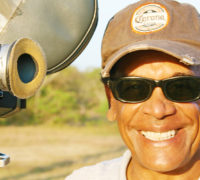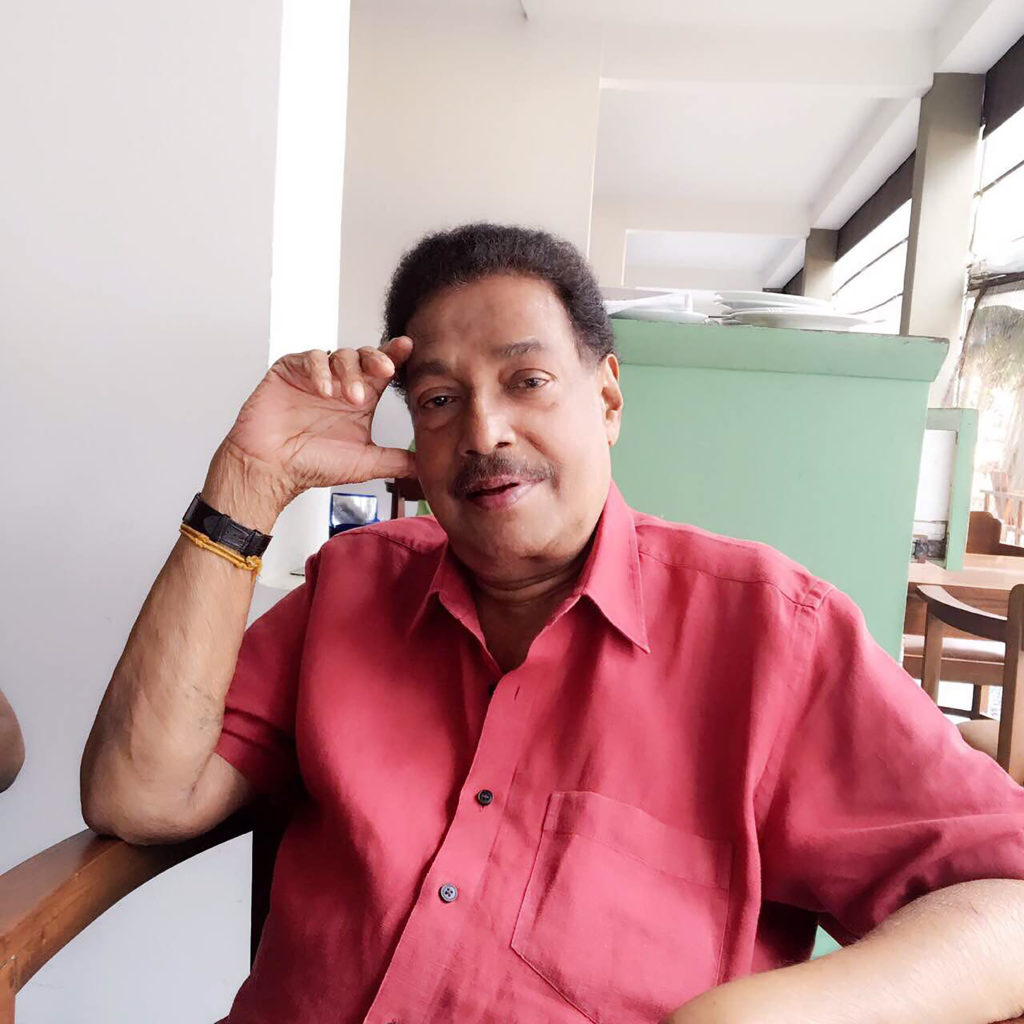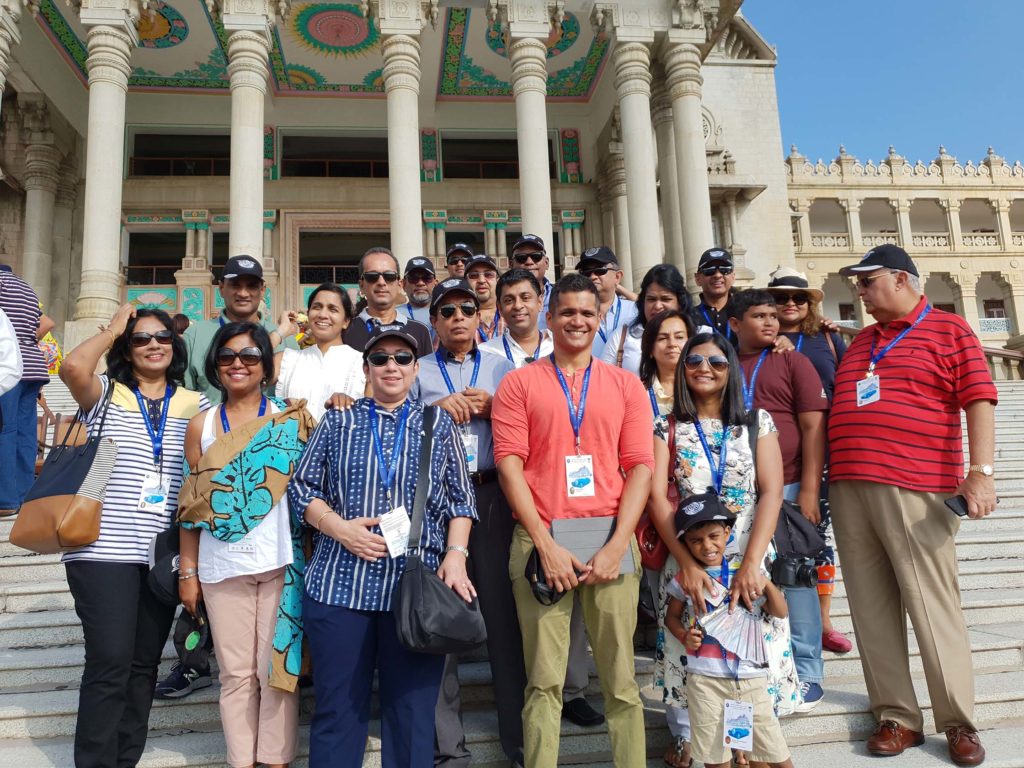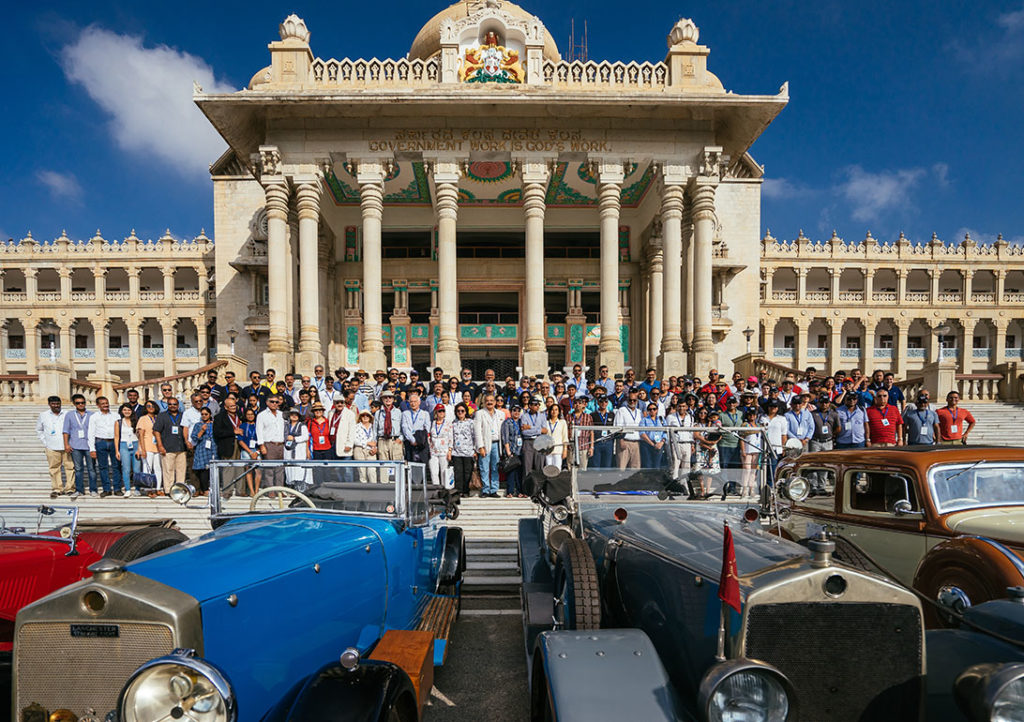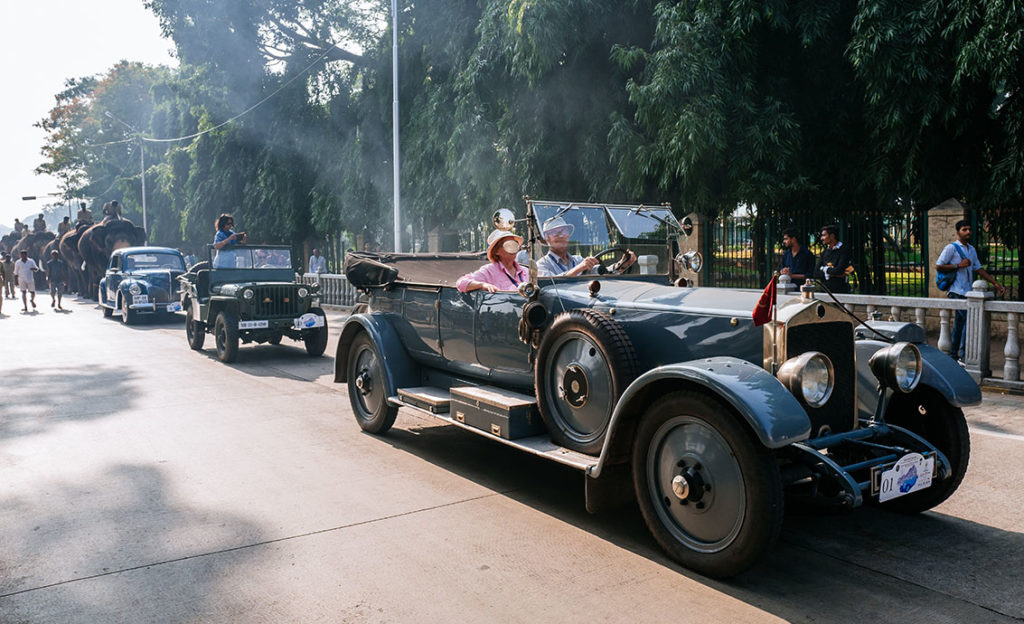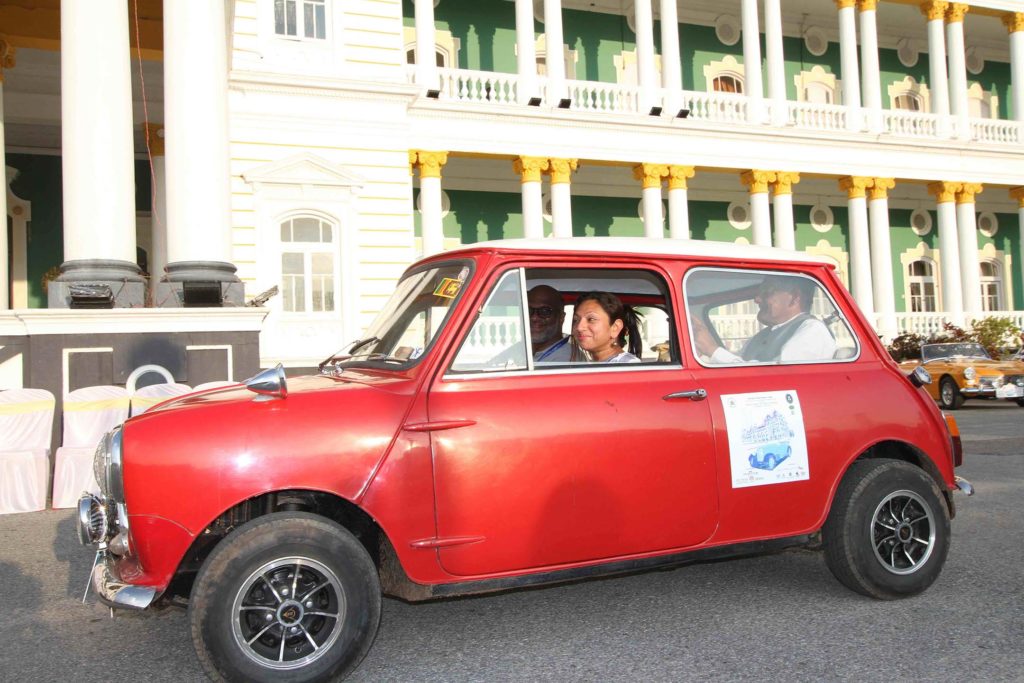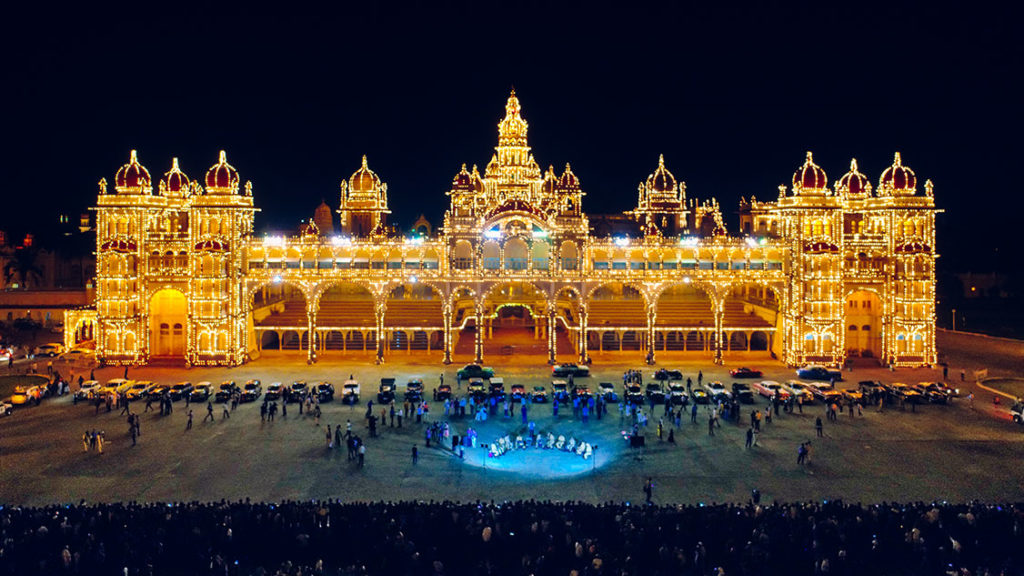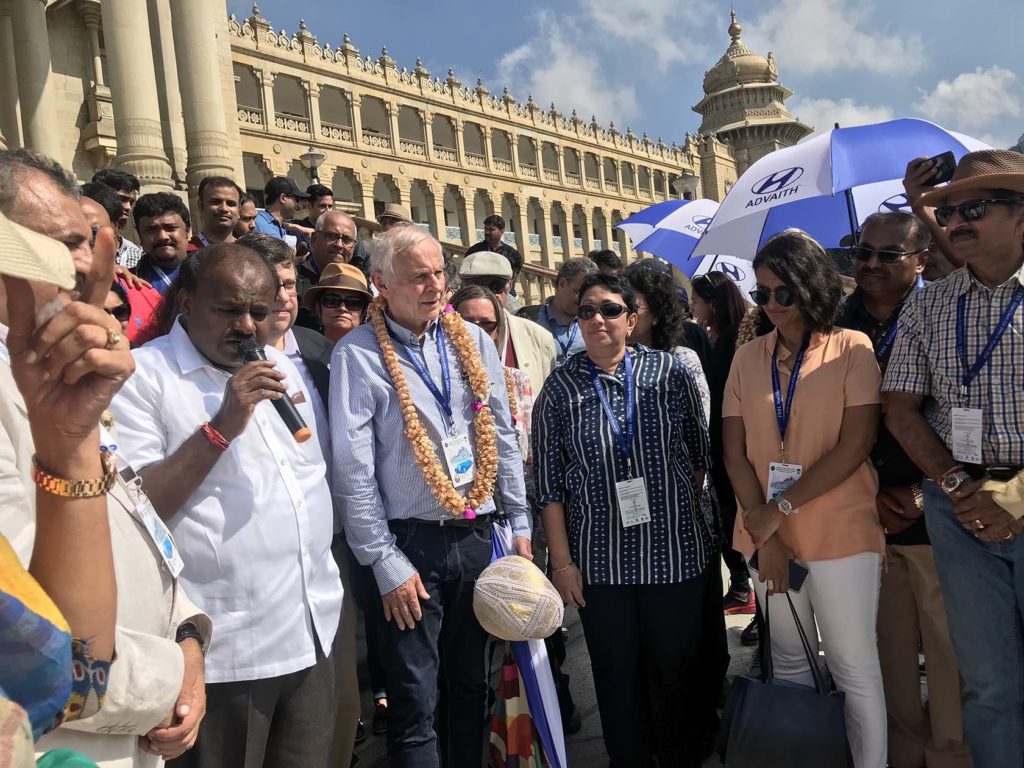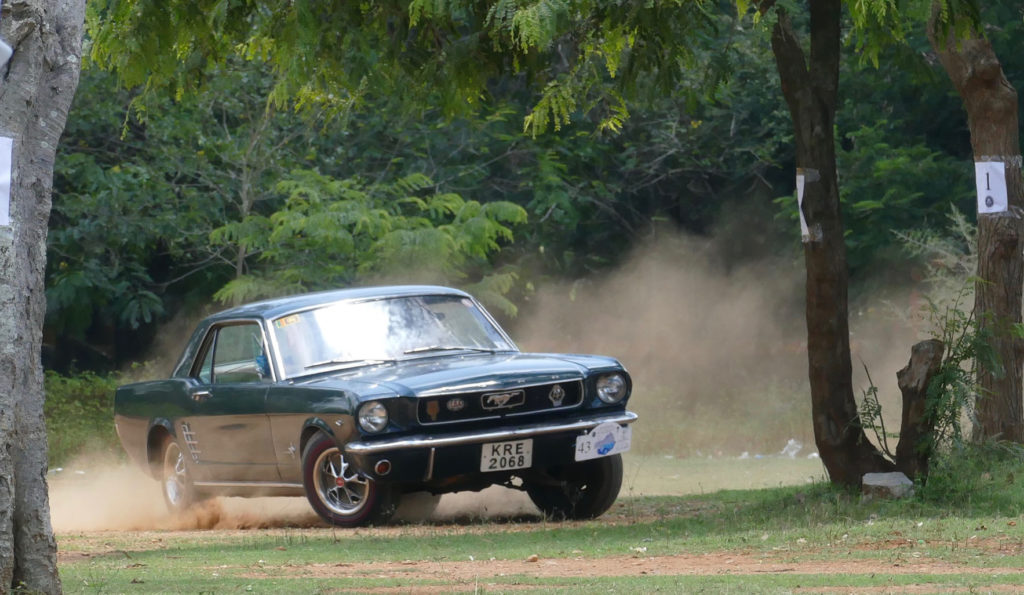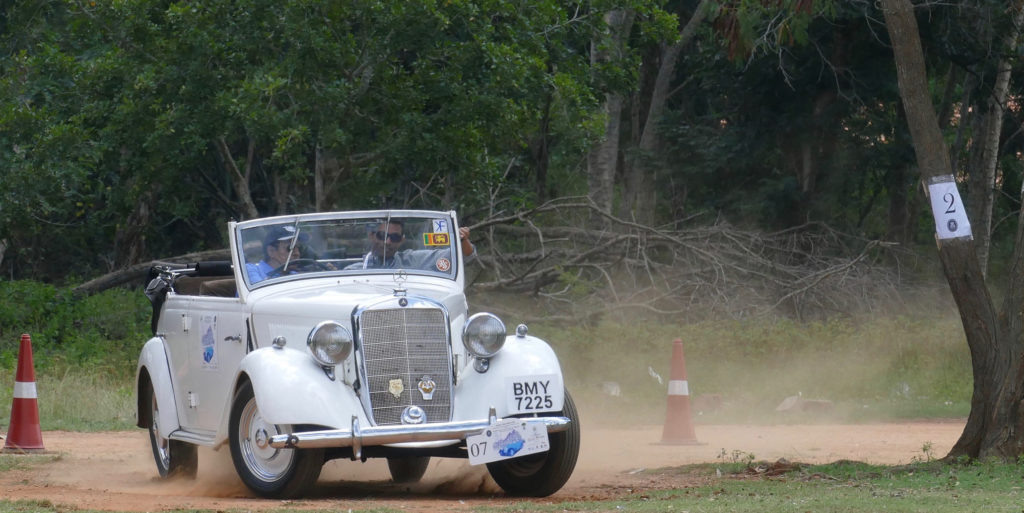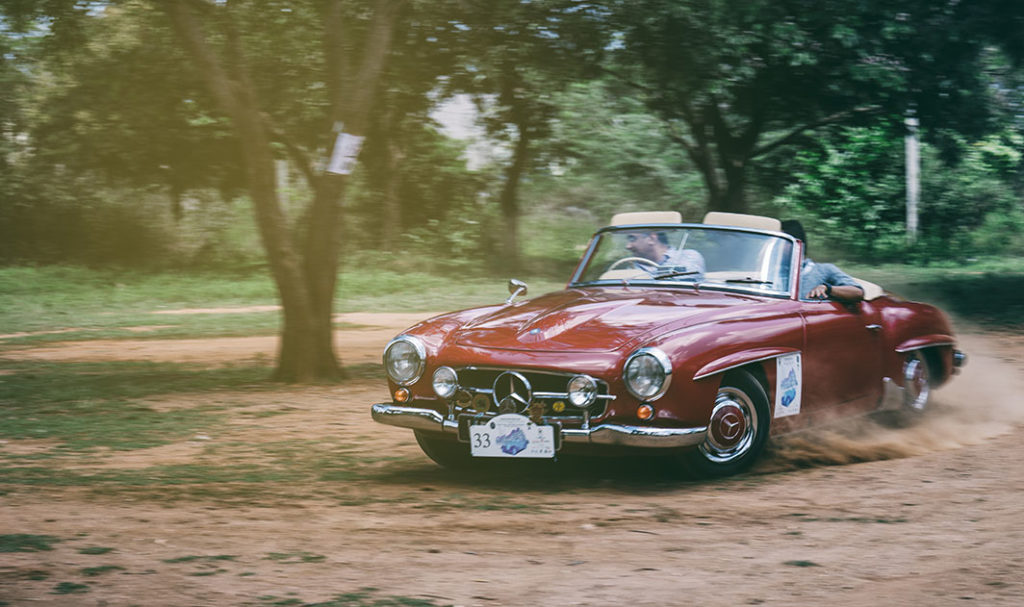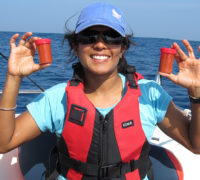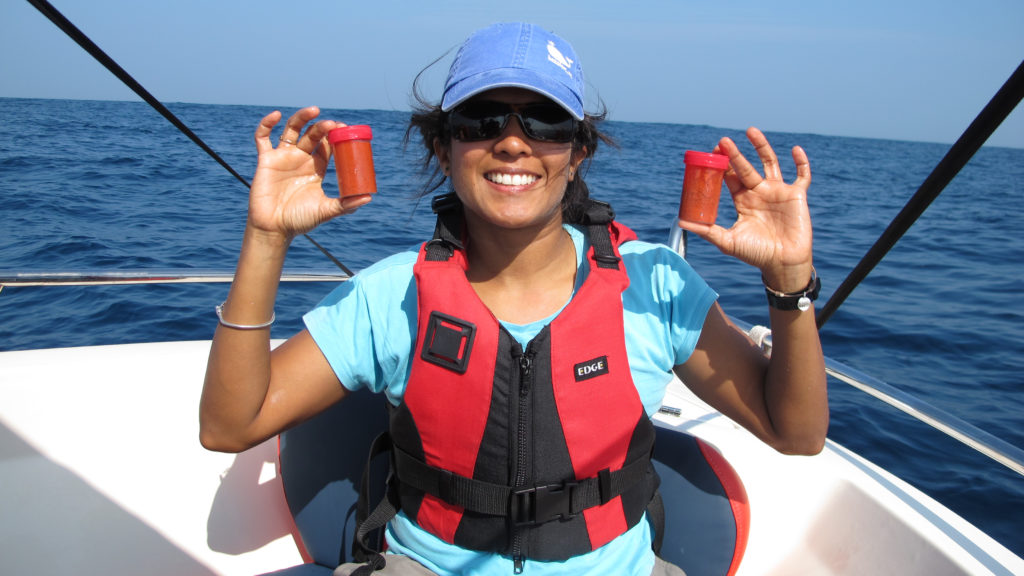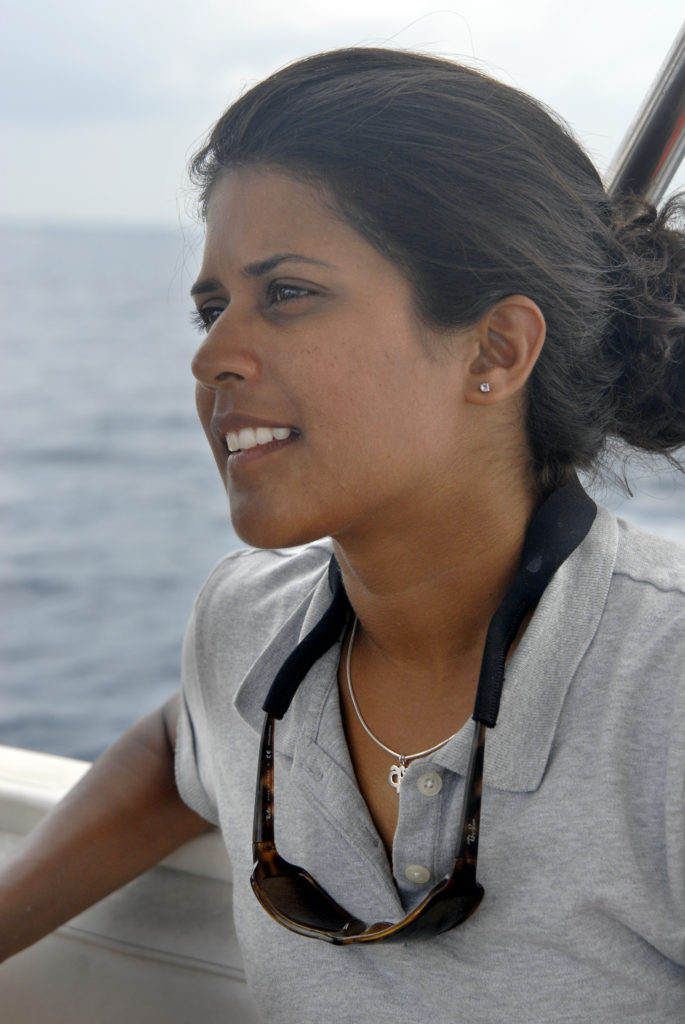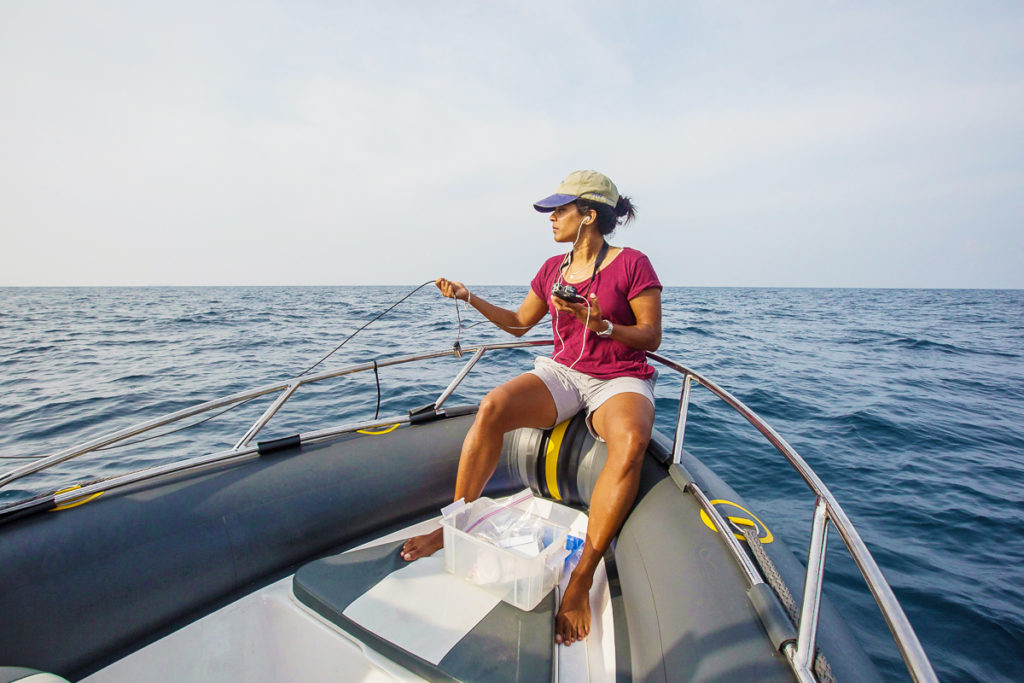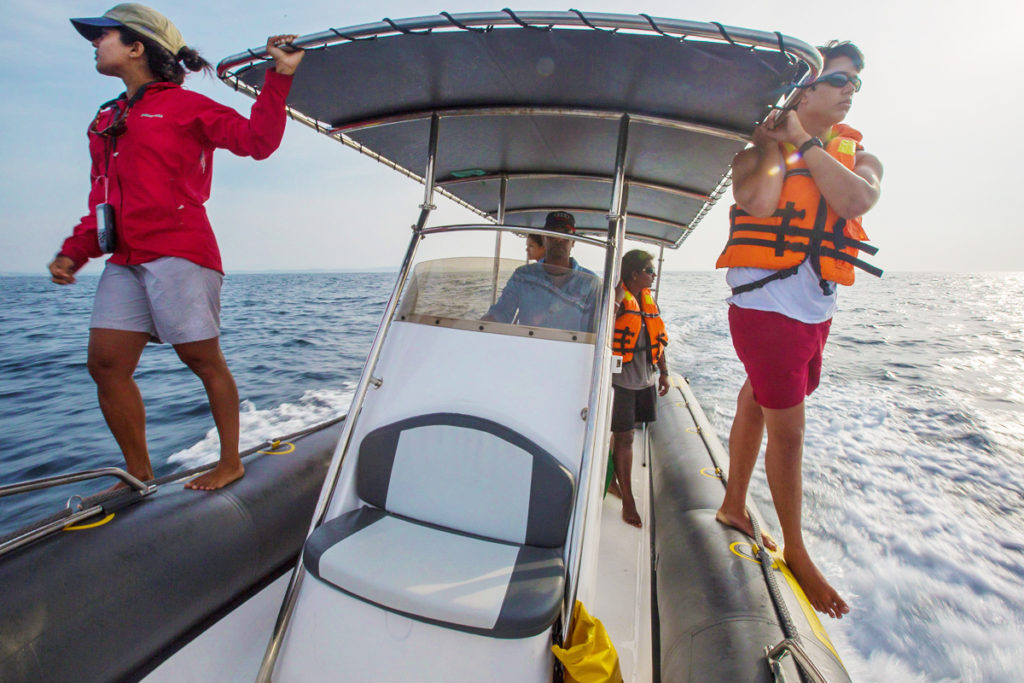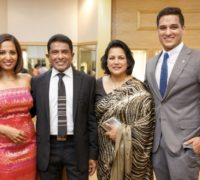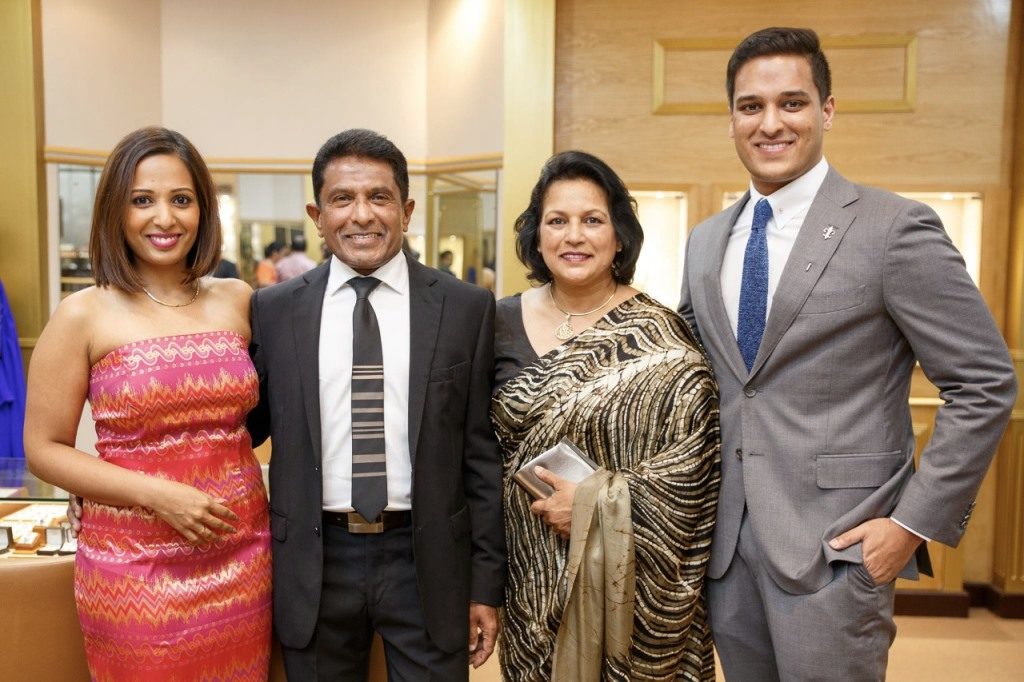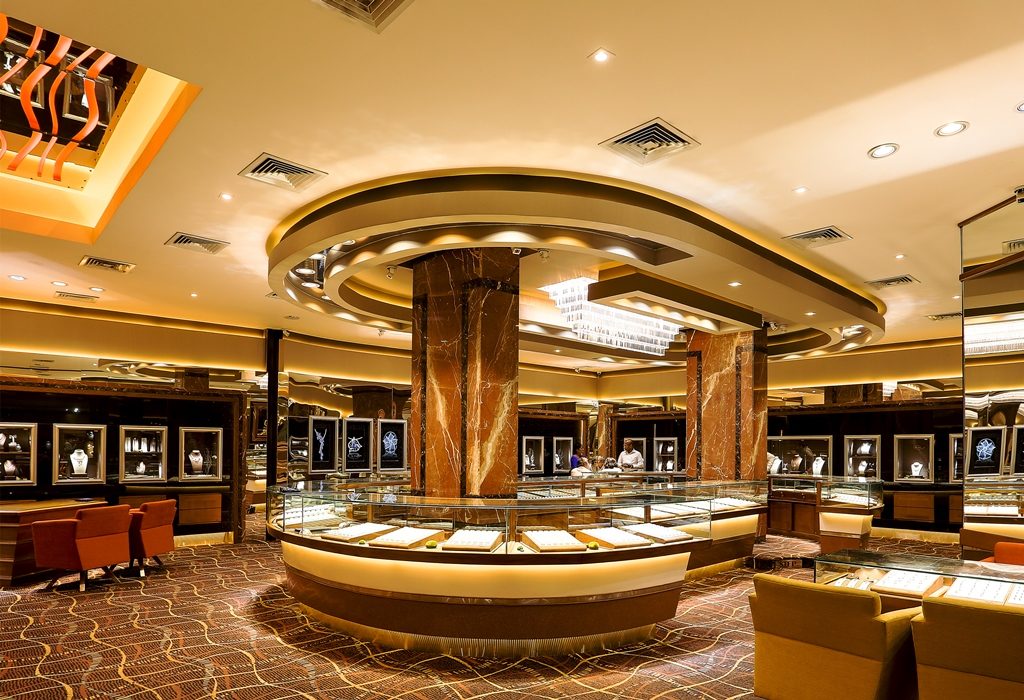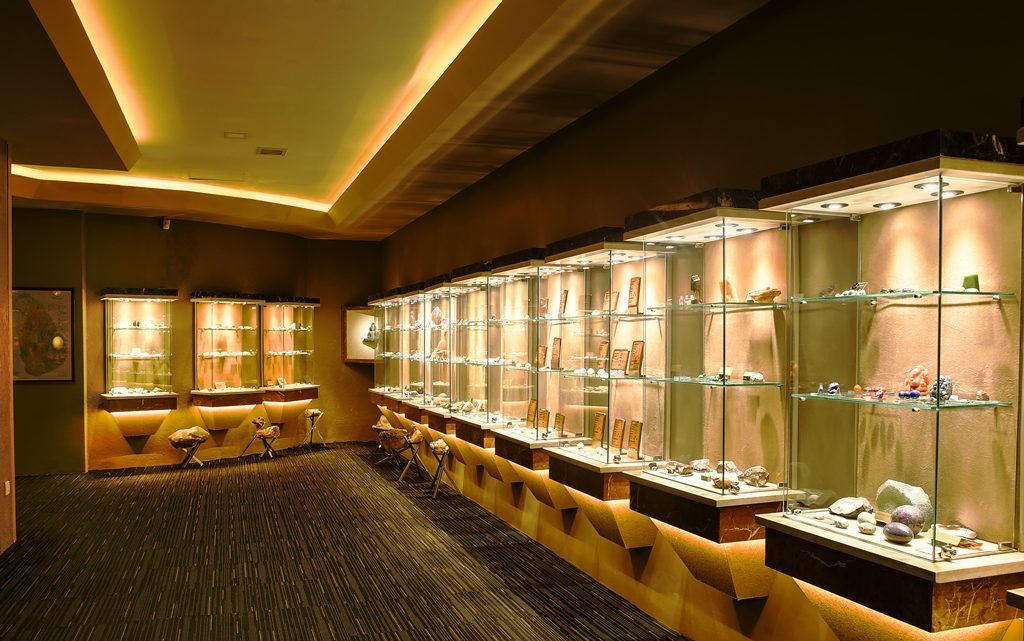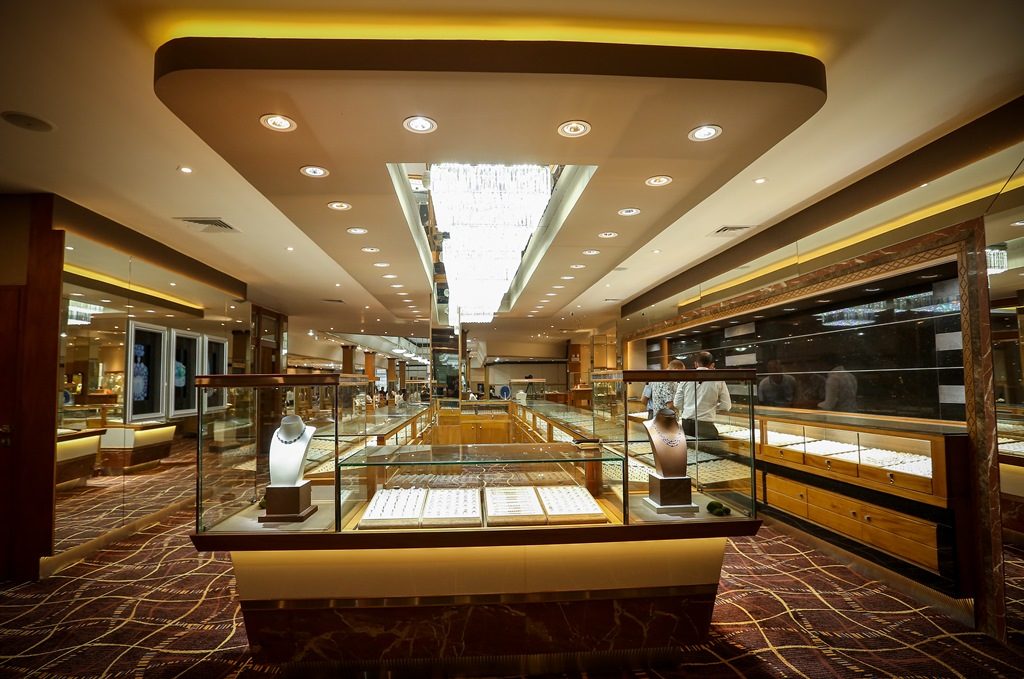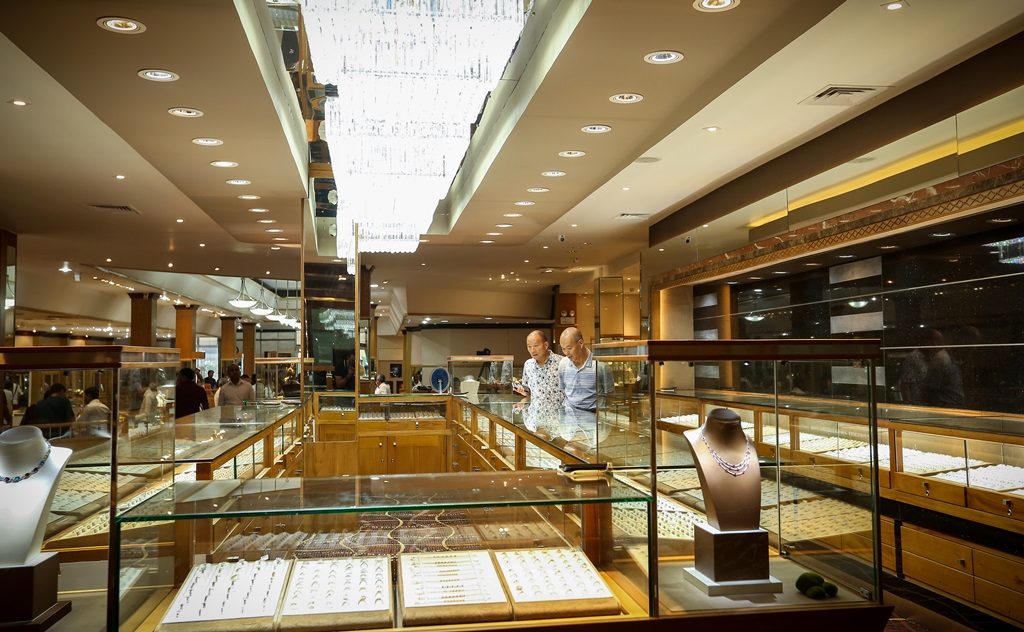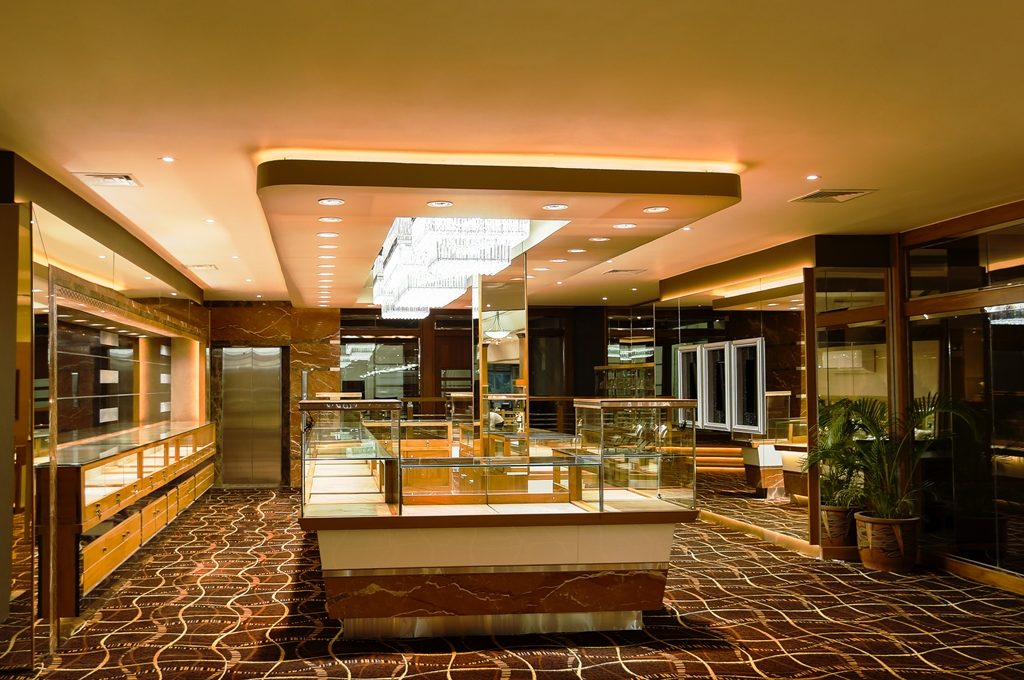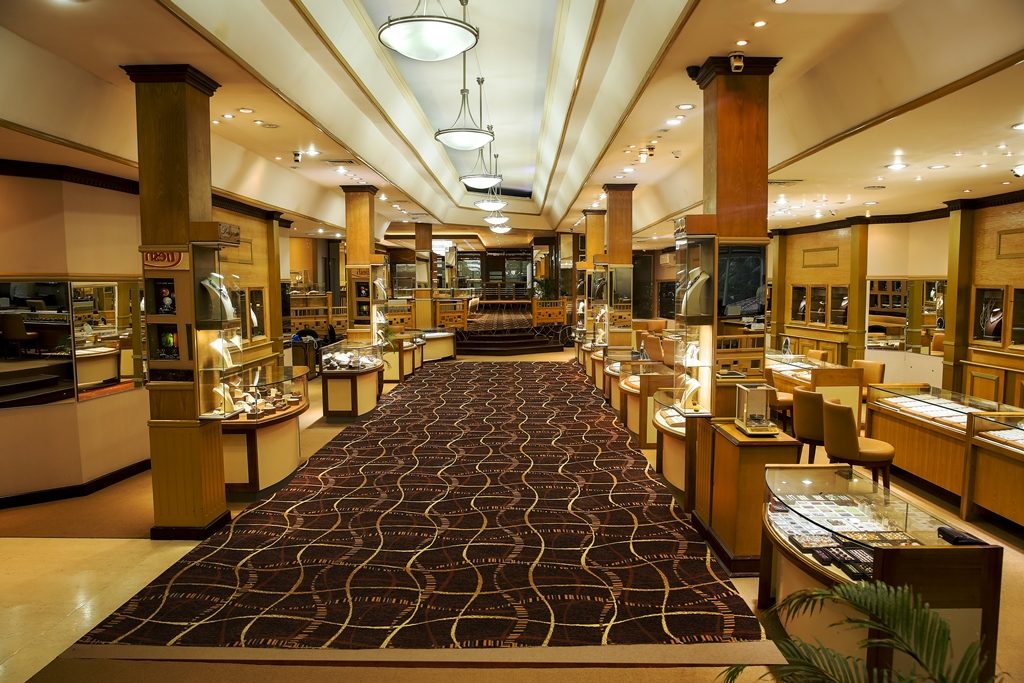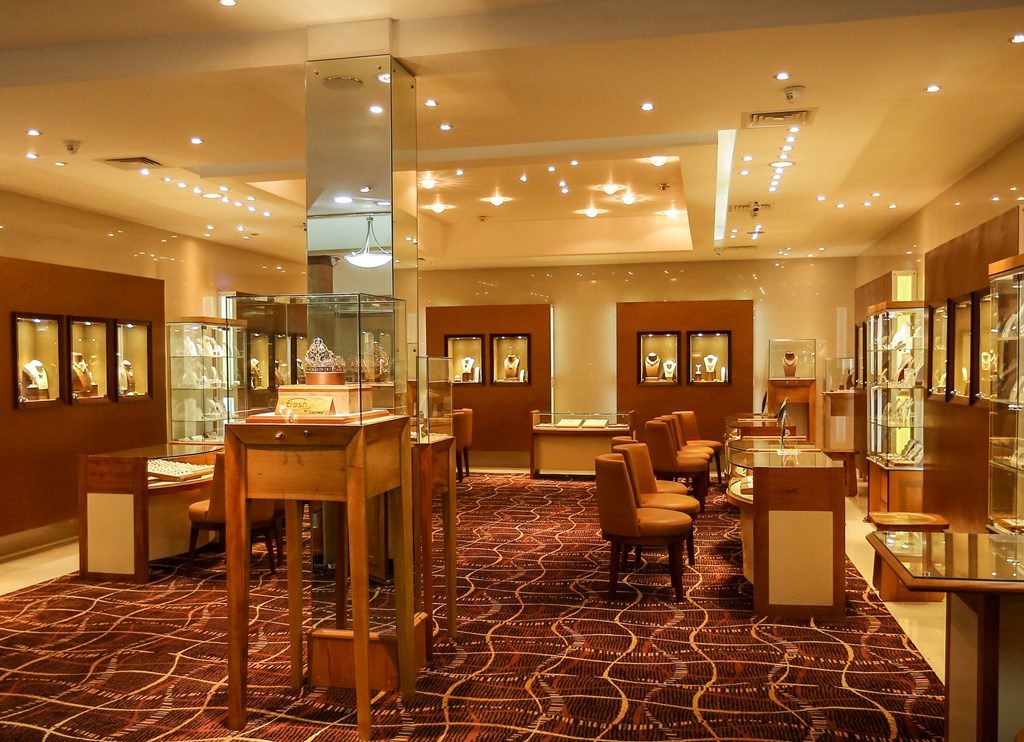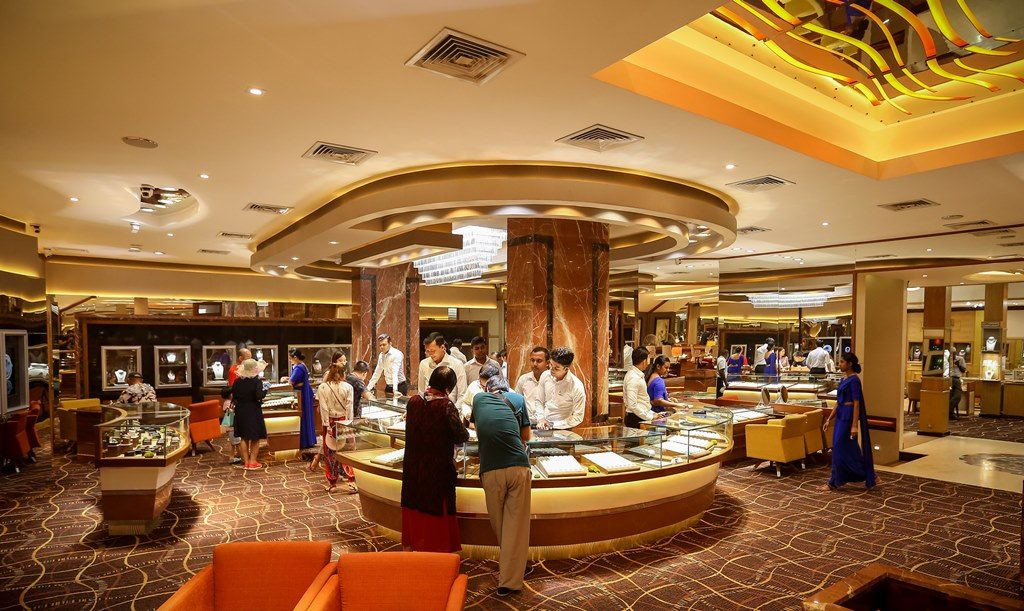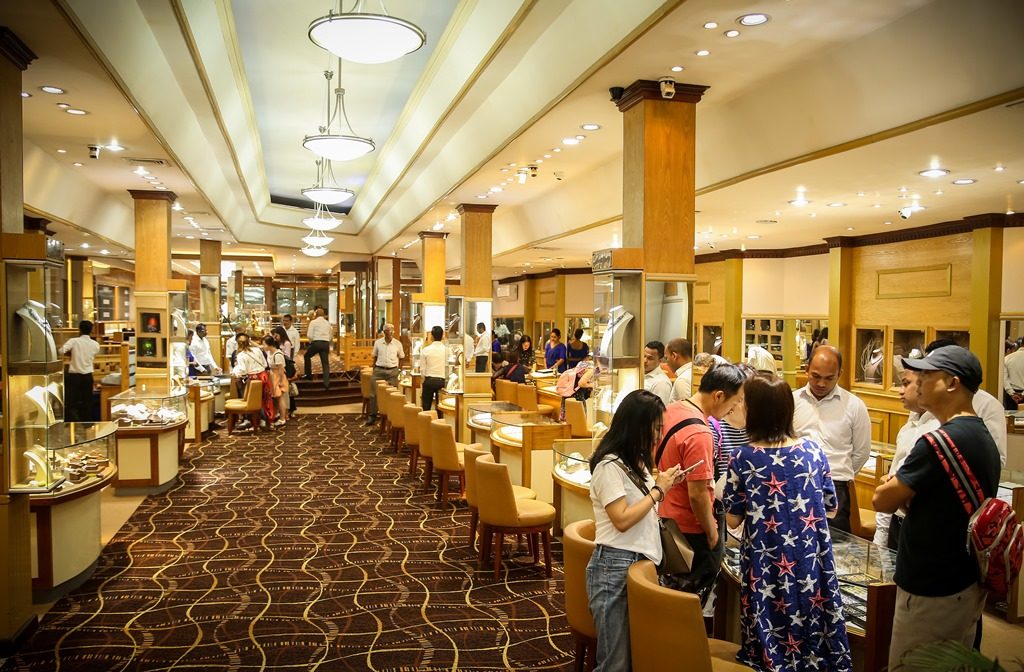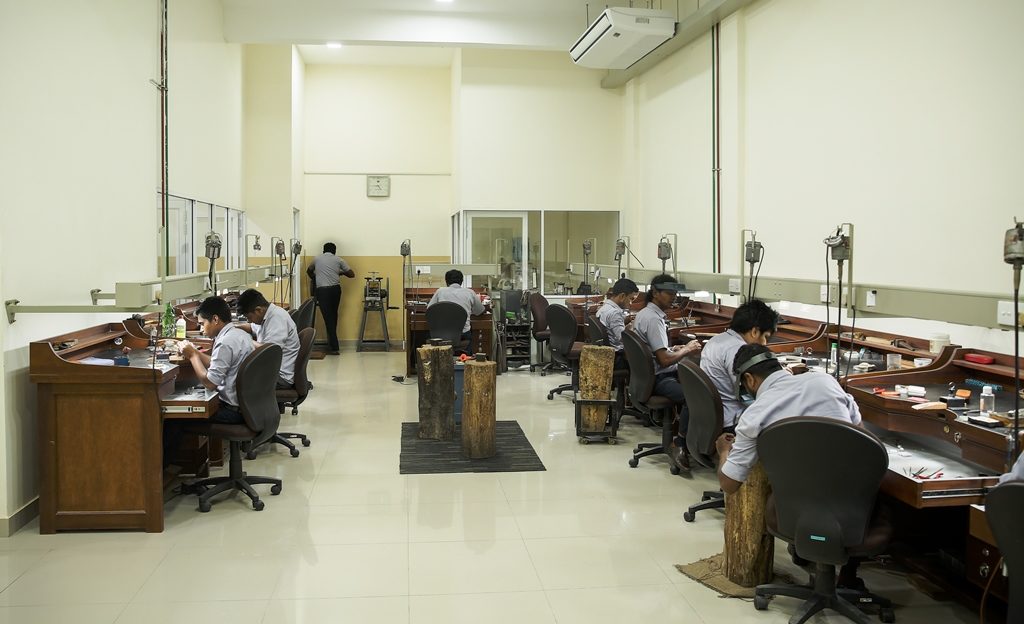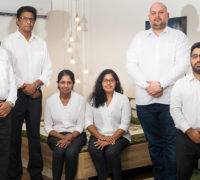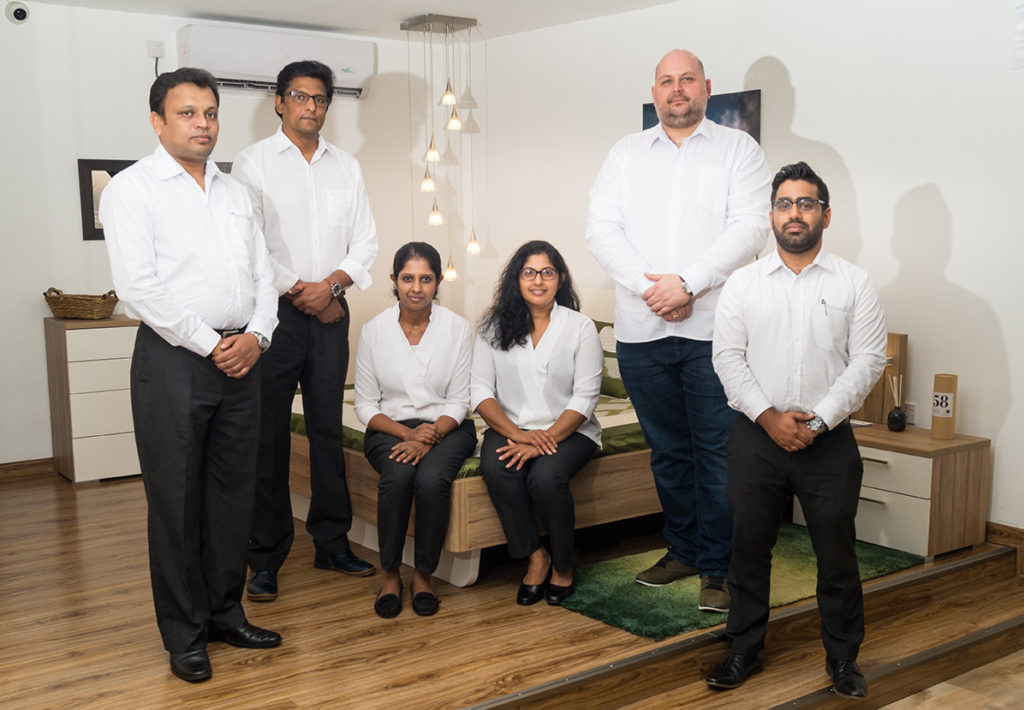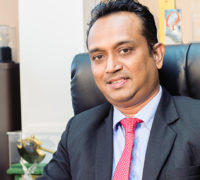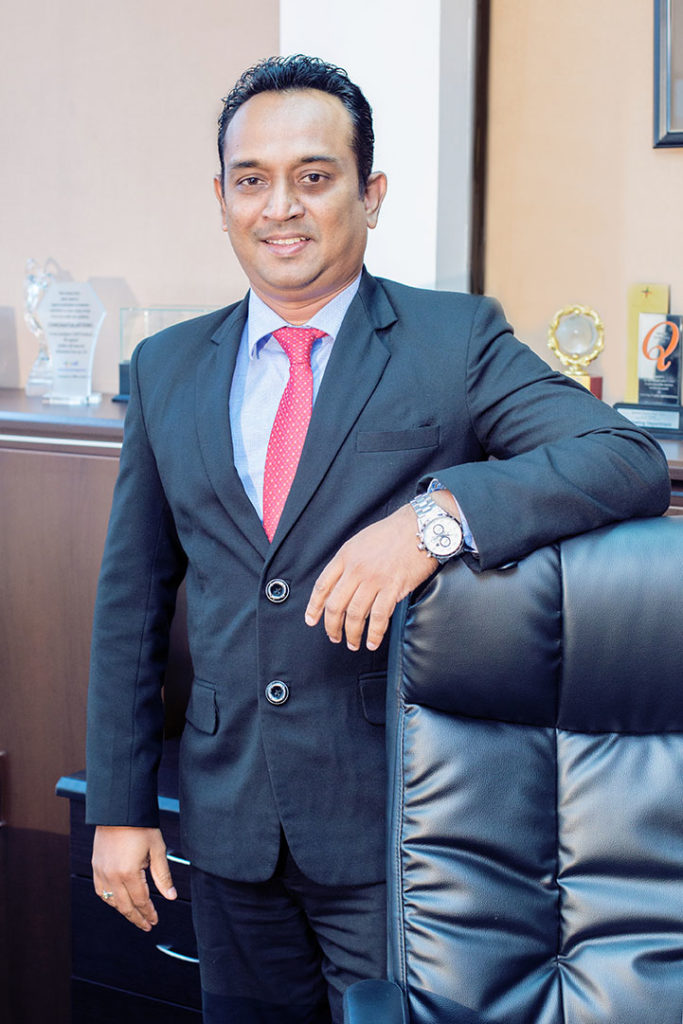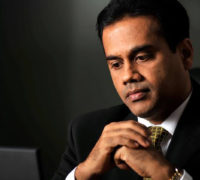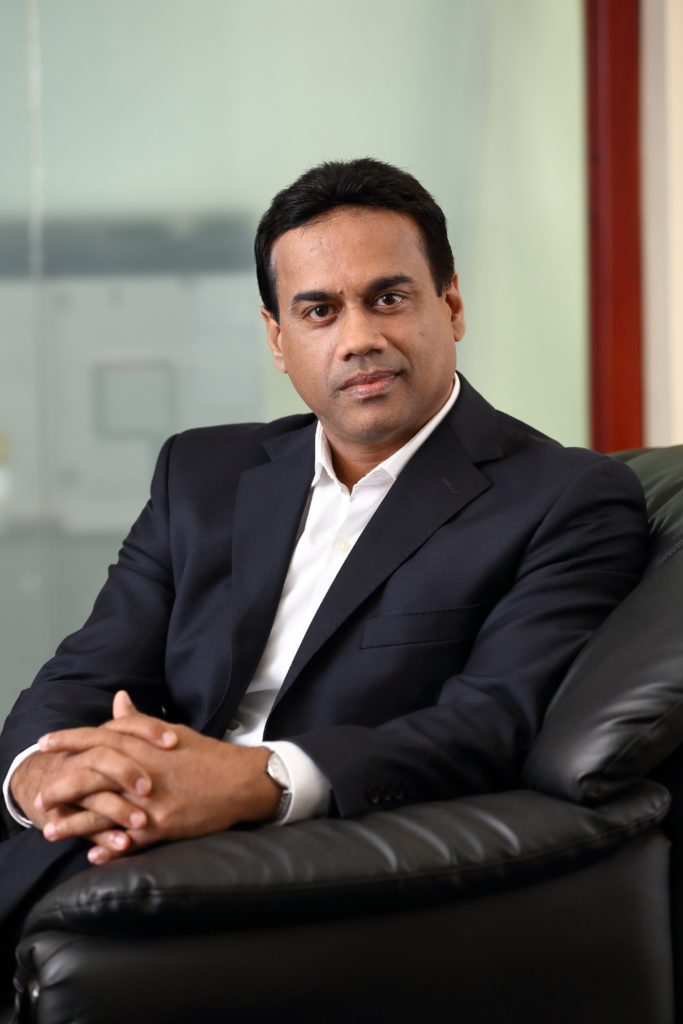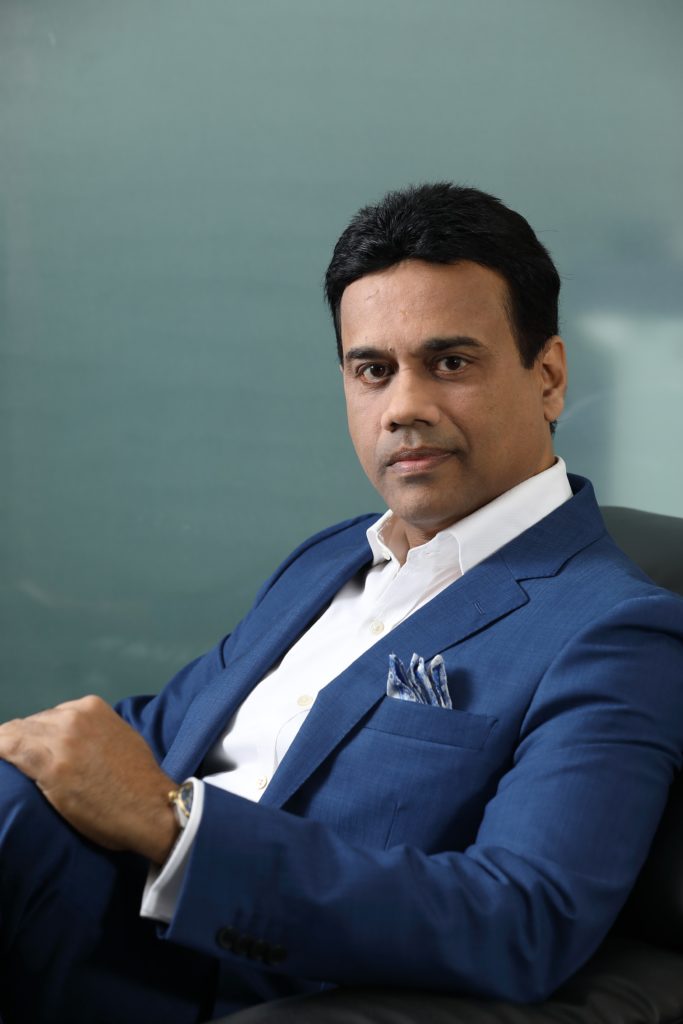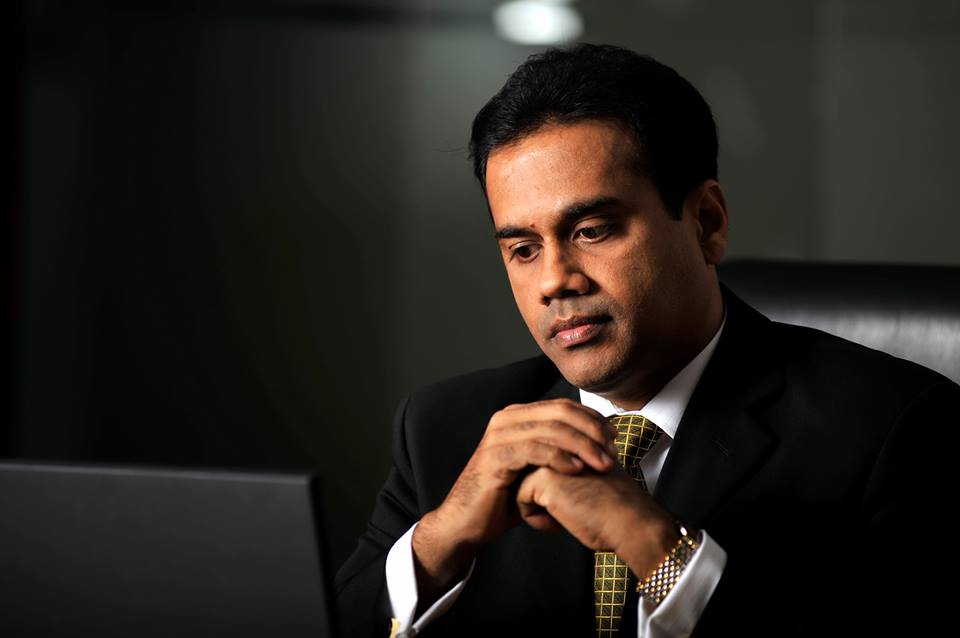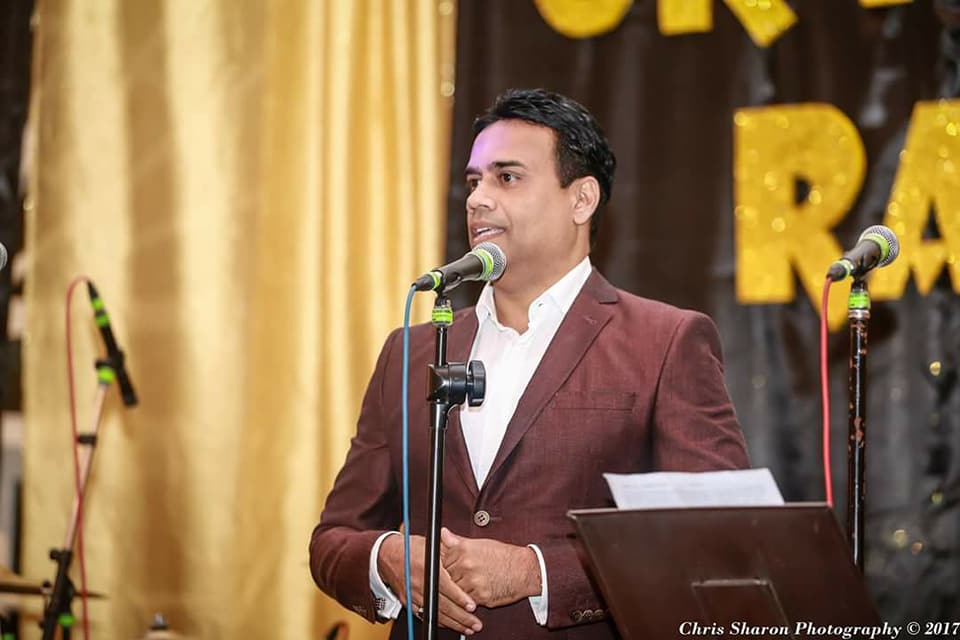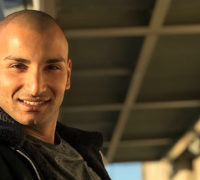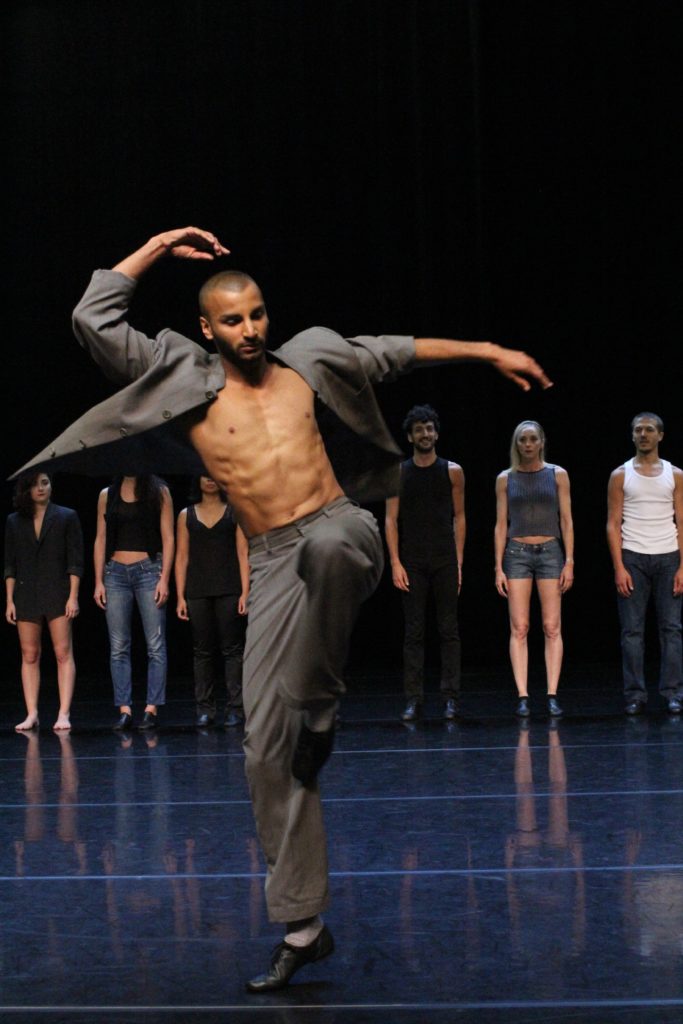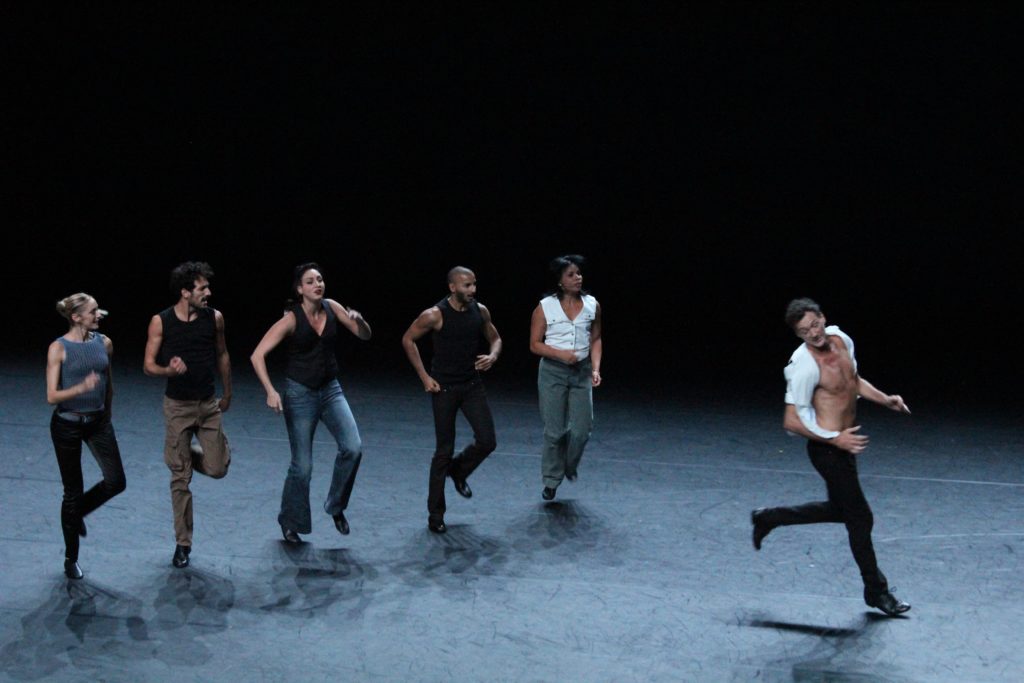
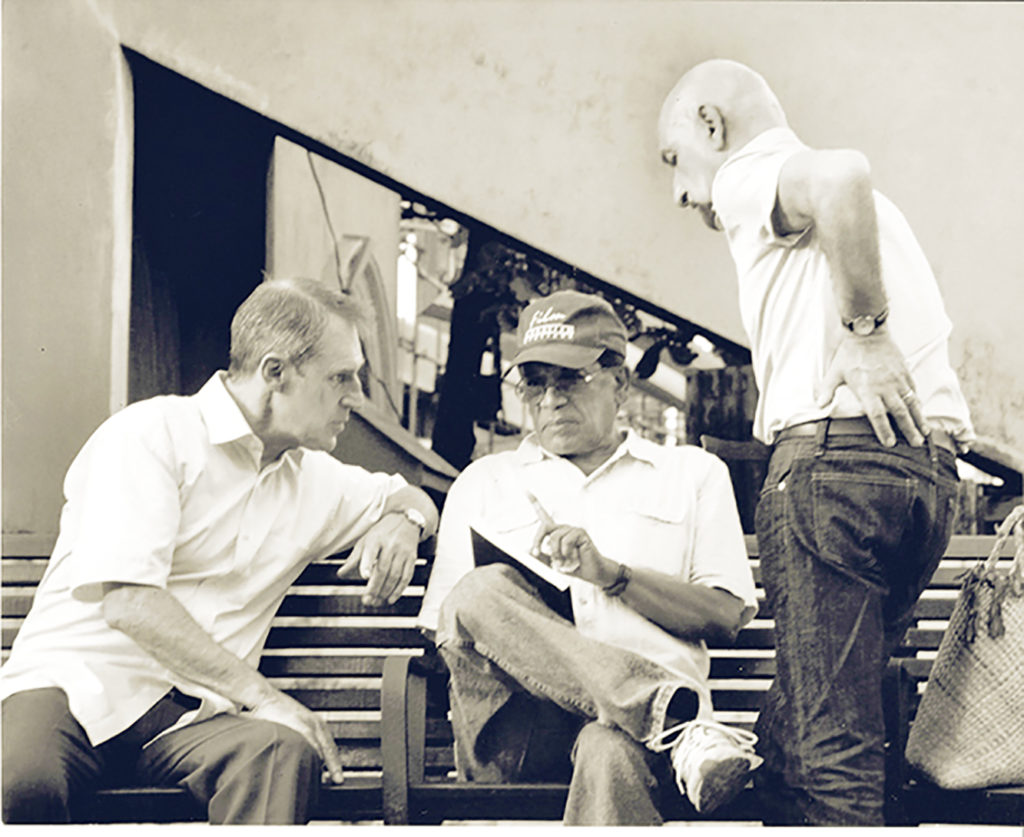
Legendary Film Director Chandran Rutnam needs no introduction to those who are in the cinema industry and are ardent movie goers. As an internationally acclaimed filmmaker, a producer and one of the veterans in the industry, his achievements reach far beyond Sri Lanka, gaining high praise from international filmmakers. He has directed many international and local award winning films such as ‘’anelaya’’ (Witness to a Killing), “Alimankada” (Road from Elephant Pass) and “Sri Siddhartha Gautama” and international releases, “A Common Man” and his latest release “According to Matthew” which is based on a controversial true incident. He has been the Line Producer of several International award winning and box office successes on several international productions including the Sri Lankan location shoot of Paramount Pictures “Indiana Jones and the Temple of Doom” and the Academy Award winning “Indochine”.
As a child, Chandran always loved to watch films, which was the only mode of entertainment at the Cinema Hall, apart from the radio at that time. He came from an artistic family, where his mother was the sister of Donald Wijeratne, the owner of Donalds Studio whose family had been photographers for generations. Obviously, being artistic ran through his veins. His parents were very encouraging, and Rutnam considers himself as being a very lucky person to have such parents, and a student at one of the best schools of that time – St. Thomas’ College Guruthalawa. At the age of seventeen, he went to Hollywood to pursue his dream of becoming a filmmaker. Before that he got a job on the film ”Bridge on the River Kwaii”, which was one of the turning points of his life. His whole idea was to learn everything and come back to Sri Lanka and open his own studio. Living in America for many years, he was still very Sri Lankan and did not want to give up his identity. But for him, America was an amazing country – it gave him so much to bring back home.
A successful filmmaker and currently holding the position of President and CEO of Asian Film Locations Services, and Asian Aviation Centre, this cinema veteran joined us to have an interesting discussion to talk about his latest film, his career, his love for aviation and motion pictures, aspirations and the cinema industry in general.
The Q&A session is as follows:
Q: You released the film “According to Matthew’’ recently. Please tell us about it.
A: Well, I did not release it as yet. Because we had some issues and objections from various quarters which I have resolved now, and the picture will be released towards the end of September in Sri Lanka; America and other places, after October of this year.
Q: What was the response from the Sri Lankan audience?
A: The only screening we had was a preview, almost a year ago and it was a positive response, and the people seemed to like it. But then, they were invitees; I would actually like to see the reaction of the people who pay to get in. I also showed it in Australia and got a very good reception there, but now we are ready to go forward and release it in September or October.
Q: What was the response from the Catholic Church, especially since it was related to religion?
A: The Catholic Church published an article in the newspapers saying they had nothing to do with this project, and that this has got nothing to do with Catholics. I’ll go back to your previous question a bit. You see, we all want to distance ourselves from unpleasant events. But this has become a current subject in the world, because a lot of religions are hiding the fact that these abuses occur. I would say – all religions do that. Just because you wear a cassock, does not make you a saint. Just because you wear a robe, or a uniform, that does not make you superior and that does not make you different from others. Therefore, I’m very proud of this film, for one reason, because I want young people to know, that they cannot be too trusting towards people who wear uniforms of any sort, or authority. We have to respect authority, we have to respect uniforms, but we have to be a little bit more cautious and vigilant, and not give up on ourselves one hundred percent.
Q: How would you see the cinema industry in Sri Lanka then and now?
A: A very good question. In my generation, it cost a lot of money to make a film. If I remember correctly, a 400-ft reel of negatives cost Rs. 25,000. How can a young man get 10 reels for Rs. 25,000? The sad part about my generation is that there were a lot of unknown talent that didn’t even get a chance, not even discovered or bloomed, but that died away unknowingly. Now it is completely different. You can show your talent by using a telephone as a camera. You can demonstrate your talents. With new technology, it’s much easier to produce and say, “This is what I can do”. But in my generation we could not do that. It was too expensive for us to experiment and show what we could do. So the industry all over the world is much better with an abundance of talent emerging. Recently I visited an academy, where I was the chief guest, and I could not believe their level of talent present. You know, these are all talented people; they are as good as Hollywood. We just have not given them the opportunity. They’re full of enthusiasm, and I intend to make use of their talent. Also I must mention, if you visit Disney Studios or any of the studios that does animation, you’ll find that a lot of the people there are Asians. So they are utilizing our talent. Why don’t we utilize ourselves? I think we’ve got to think on those terms, and be very aggressive and have confidence in ourselves, because we are as good as everybody else or even better. So to answer your question, I think the industry today is very positive and it should grow and grow, much better than before.
Q: Do you think that the Sinhala cinema has yet to be competitive in reaching the global level?
A: We are award-oriented. We want to make films to win awards. I don’t make films to win awards; I make films for a wide audience. I want people to see my films. I don’t want just a jury, or a few people who come for the award show to see my films. And also we have to think of the producer. They are doing a business called “show business.” They do the show, and they also take care of the business part. If they do not take care of the business part of it, the producer will not come again. Also, I think, they should go for a global audience. I believe in that and I have. Yes, we can show our culture, but show it in an interesting way that the world will respond to, or that the world would want to see twice. Or where the world will recommend their friends to see it. I’m not saying they should not win awards. They deserve to win awards. But we are aiming our films at a jury. And also talking about awards, it’s not the best picture that wins the award. There’s a lot of influence. It’s nice to win an award, I have won and I’m very proud of it, but let’s not make that the only thing that matters. I think we should make movies for an audience. The greater the audience, the better it is. More people will see our hard work.
Q: As a location provider, what are the best locations which you have seen in Sri Lanka?
A: We have incredible locations like lush rain forests, ancient colonial buildings, and beaches as well. Several movies were shot in the hill country; for instance, Indiana Jones was shot in Kandy, and so too was Tarzan. So we have a lot to offer, and the colonial architecture of our county is very attractive to filmmakers. And also like I said, we possess experienced technical staff that is well-versed in their own unique art form.
Q: Do you think film tourism has been recognized in Sri Lanka?
A: Not at all. It has not been recognized in Sri Lanka, and I have been insisting on it for 50 years, and now people are listening, and if they allow us to build this bridge and make it a tourist attraction, it’ll be great. And even now, you can build a bridge in Kitulgala. It’s still a phenomenal thing. People go there. They know that the film was shot in Sri Lanka. Kitulgala is also beautiful. We are not utilizing these things and that is a shame.
Q.: Lastly, I would like to ask – What is your next movie project?
A: This year, I will be producing and directing Rudyard Kipling’s classic story, “Toomai of the Elephants” with Hollywood, Indian and Sri Lankan artistes. It’s a big production with a $50 million budget, for international distribution. This is a great opportunity and I am looking forward to it.
Written by Sureshni Pilapitiya
